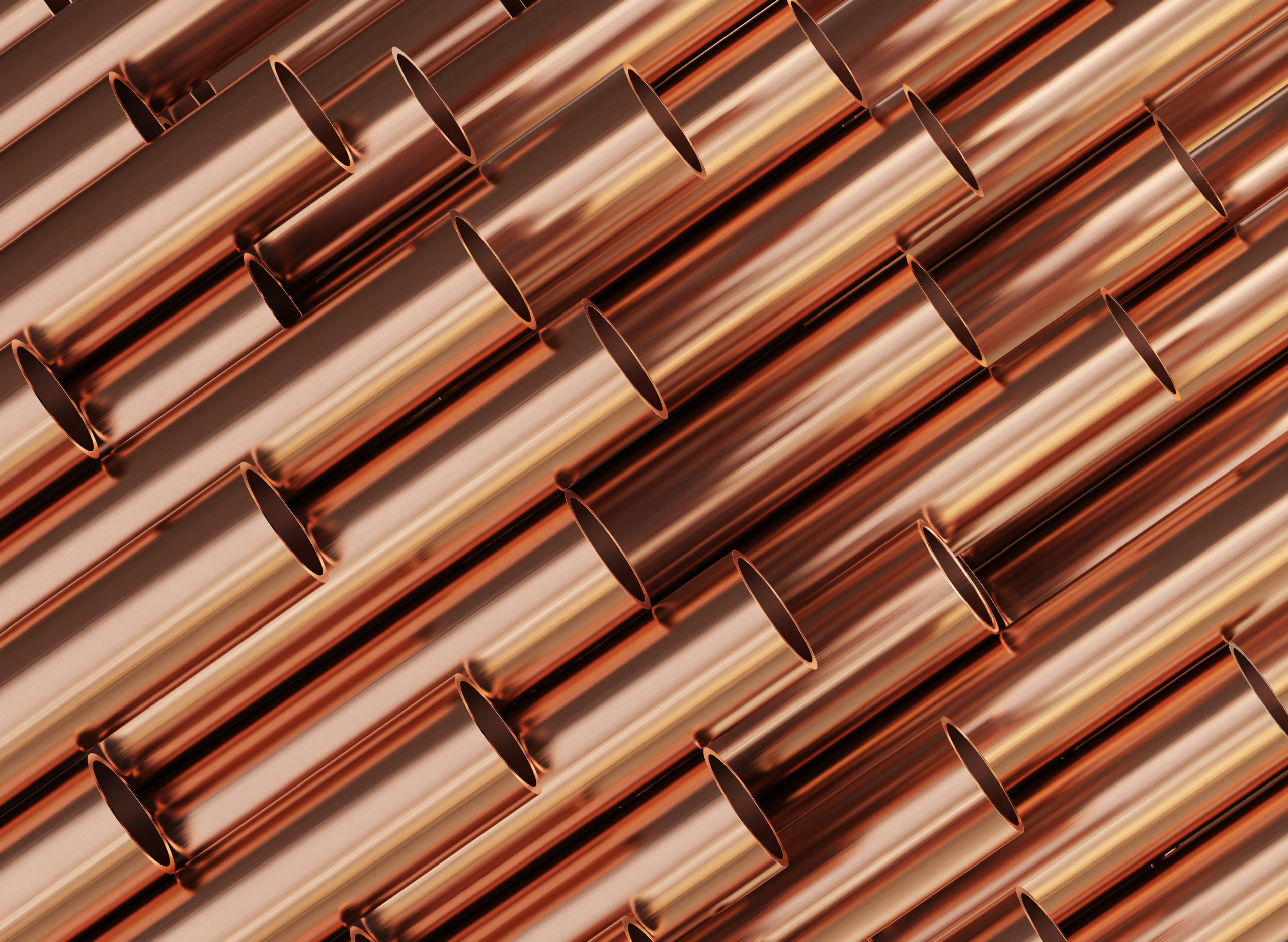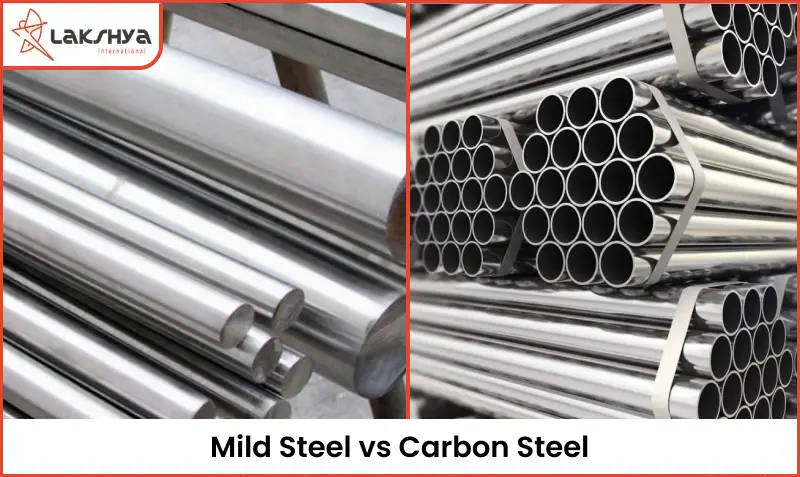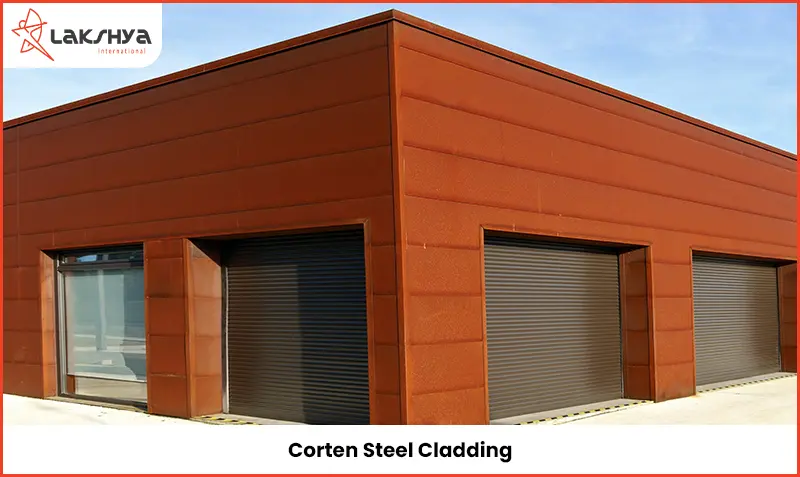WHAT EXACTLY IS A CUPRONICKEL?
CuNi is a copper-nickel alloy with less than 0.5 percent additional alloys. Cupronickel is another name for it. CuNi is commonly found in two forms: 70 percent copper/30 percent nickel and 90 percent copper/10 percent nickel. 90/10 is most typically used on maritime, offshore oil and gas platforms, but 70/30 is more commonly employed in the Navy because of its greater anti-corrosion ability and higher cost. These percentages can range from 69 to 96 percent copper and the rest nickel, but 70/30 and 90/10 are the most prevalent.
PROPERTIES OF CUNI
Because it is mostly composed of copper and nickel, it combines the benefits of these two alloys. Copper has a low reactivity, excellent thermal and electrical conductivity, good corrosion resistance, and is machinable. Nickel, on the other hand, has tremendous strength and toughness, as well as exceptional corrosion resistance. Aside from these characteristics, CuNi is non-bacterial, non-magnetic, lightweight, and spark and pitting resistant. The corrosion resistance of the 90/10 alloy, in particular, is related to the formation of a protective surface film when the alloy comes into contact with water and seawater. In addition, the alloy is resistant to corrosion caused by chemical and electrochemical processes. As a result of its limited reactivity, copper is used in fewer chemical/electrochemical processes.
MAIN APPLICATIONS
CuNi is widely used in shipbuilding and marine hardware due to its numerous benefits over other alloys. Guidelines for seawater system design and operation, offshore oil and gas, power generation, ship repair, and marine antimicrobial applications are only a few examples. CuNi can also be used in a variety of designs due to its ease of fabrication.
Design:
Other than pipes, the following goods can be made using CuNi:
- Concentric reducers
- Tubes
- Elbows
- T-piece
- Flanges
- Sockets
- Reducing Tees
- Caps
- Saddle Pieces
- Welding Outlets
Furthermore, the following average production ranges for pipes and tubes, fittings, and flanges are shown:
Materials :
Cupro Nickel Flanges – CuNi Flanges
UNS C 70600 ( CU -NI- 90/10) – DIN 2.0872
UNS C 71500 ( CU -NI- 70/30) – DIN 2.0882
CuNi Flange Types:
- Weld Neck Flanges
- Slip On Flanges
- Blind Flanges
- Backing Flanges
- Socket Weld Flanges
- Plate Flanges
- Loose Flanges
- Orifice Flanges
- AS 4087 Water Flanges
- Large Diameter Flanges
- Sorf Flanges
- Table Flanges
- Socket Weld Ring Flanges
- Threaded Ring Flanges
- Lap Joint Ring Flanges
- Ring Type Joint Flanges
- Blind Ring Flanges
- Reducing Flanges
- Tongue & Groove Flanges
- Puddle Flanges
Other Copper Alloys Grades:
- C61400, Aluminum Bronze , ASTM B 171 CDA 614
- C63000, Nickel Aluminum Bronze, ASTM B 150 CDA 630 , ASTM B171
- C70600, Cu-Ni 90/10, Cupro-Nickel 90/10
- C71500, Cu-Ni 70/30, Cupro-Nickel 70/30
- C46400, Naval Brass, ASTM B21 , ASTM B171
- C36500, Copper-zinc brass
NON-MARINE APPLICATIONS:
Coinage, such as silver coins, and brake tubing are examples of non-marine applications. For example, a one-euro coin, a two-euro coin, and a five-cent coin. The surface component of the 1 euro bimetallic coin is composed of Nickel brass alloy (75 percent copper, 20% zinc, 5% nickel), while the inside section is made of Cupronickel alloy (75 percent copper, 25 percent nickel ). The inside section of the 2 euro coin is composed of nickel brass alloy (75 percent copper, 20% zinc, 5% nickel), while the external part is made of cupronickel alloy (75 percent copper, 25 percent nickel). A nickel brass alloy CuZn20Ni5 provides the yellow tint, while a cupronickel alloy CuNi25 provides the white colour. Cupronickel alloy is used to make the 5 cent coin (75 percent copper, 25 percent nickel) CuNi is considered hygienic due to its antibacterial properties.
Read More :
Everything you need to know about Nickel 200/201 : Nickel 200 and Nickel 201 are commercially pure wrought solid solution strengthened materials with outstanding mechanical properties across a wide temperature range and excellent corrosion resistance to various corrosives, particularly hydroxides, To know more read further about it.




